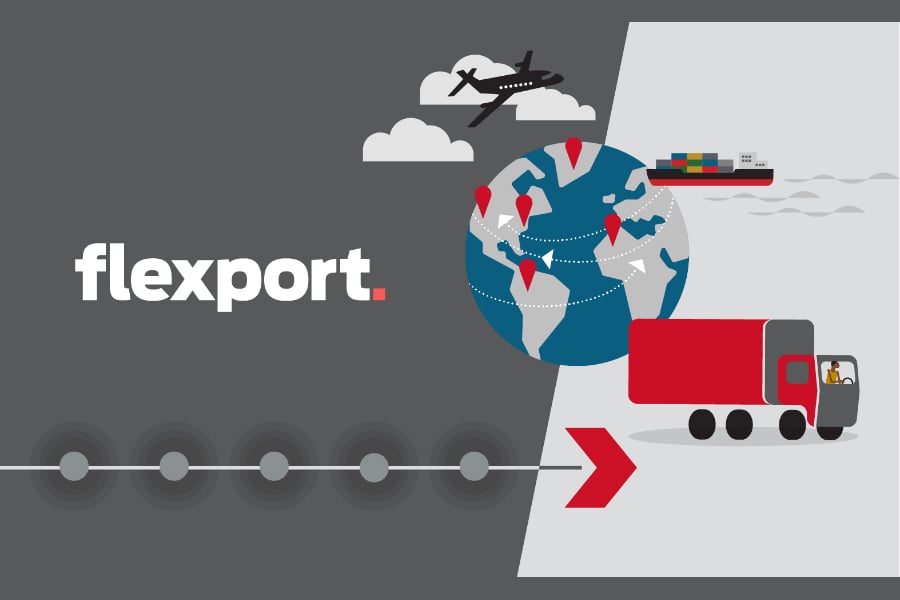Logistics
Industries
Technology & Innovations
E-commerce
E-commerce Fulfillment Services
Lease & Maintenance
Semi Trucks
Logistics
E-commerce
Lease & Maintenance
Buy Used Trucks

This is an excerpt from our latest ebook “Brand-building during a downturn: How merchants grow loyalty in a recession” by Ryder E-commerce partner Flexport, the cloud-based freight forwarder that helps you to take control of your supply chain.
Consumers want to know the price and when they will get their merchandise. They don’t care about the rules, regulations, and cost to get the product from point A to point B.
Yet global supply chains remain volatile as a result of:
These are continuing to impact cost, quality, cycle time, customer satisfaction, and compliance. Businesses must view their supply chain as a closed-loop process. It starts with a purchase order and ends with final-mile delivery. An effective and efficient supply chain considers three processes that must be executed simultaneously:
1) Physical supply chain
2) Compliance supply chain
3) Financial supply chain
Assuming it is international, the physical supply chain will have an average of 16 handoffs, all requiring access to data and documents. A compliance supply chain determines the rules and regulations to ship products internationally. The financial supply chain determines the cost (freight, insurance, duties, taxes, and fees) and duty minimization and avoidance strategies to minimize cost. All three supply chains require visibility, transparency, and resilience.
By leveraging technology, businesses can provide a world-class e-commerce customer experience that leverages all three supply chains. But this all hinges on access to timely and accurate information.
Data comes from documents, and various supply chain members can provide the required information. A best practice is to store all information at a part/SKU level in a product library. Every business has established some form of a product library. For some, it is a product list in a spreadsheet or an online catalog. In contrast, others might already have a central repository of their products within an ERP or a homegrown application. These repositories, spreadsheets, and databases store helpful product information. As a business prepares to ship internationally, exporting and importing, they take on increased responsibility and risks to access foreign markets.
All governments require companies to know three key data elements when shipping internationally:
1) Classification - harmonized tariff code (HTS) that determines duty and admissibility.
2) Value - the declared value, in simplest terms, what is the price paid or payable.
3) Country of origin, the country of manufacture, production, or growth where a product or item originates.
Companies must get these data elements right as it determines admissibility, duty rates, preferential trade, sanctions, and quotas.
Further complicating the process is that this information can change. While the classification may remain constant (unless an engineering change impacts classification), the country of origin and value can change based on the transaction. Requirements for data, forms, and documents provided to Customs vary by country. It’s difficult for a business to provide this information timely and accurately at the country level while constantly updating based on transactions and regulatory updates.
At Flexport, we have integrated the product library into the flow of international trade. Using your product library as a single source of truth allows for the automation of exception processing. Any data stored in the product library can be used as an exception or validation check as data from documents are digitized and ingested. If there is an exception or an additional form, the exception happens once and is added to the product library for future use. The ability for businesses to compare the predicted landed cost of a product and the actual landed cost provides better profitability considerations.
Business profitability and consumer loyalty depend on effective and efficient supply chain management. Investing in a product library and global trade platform like the one we have built at Flexport helps to solve the problems of visibility, transparency, and resilience.
Enjoyed this excerpt? Check out the rest of our ebook on how e-commerce brands and retailers can future-proof their success against downturns in the economic landscape:
